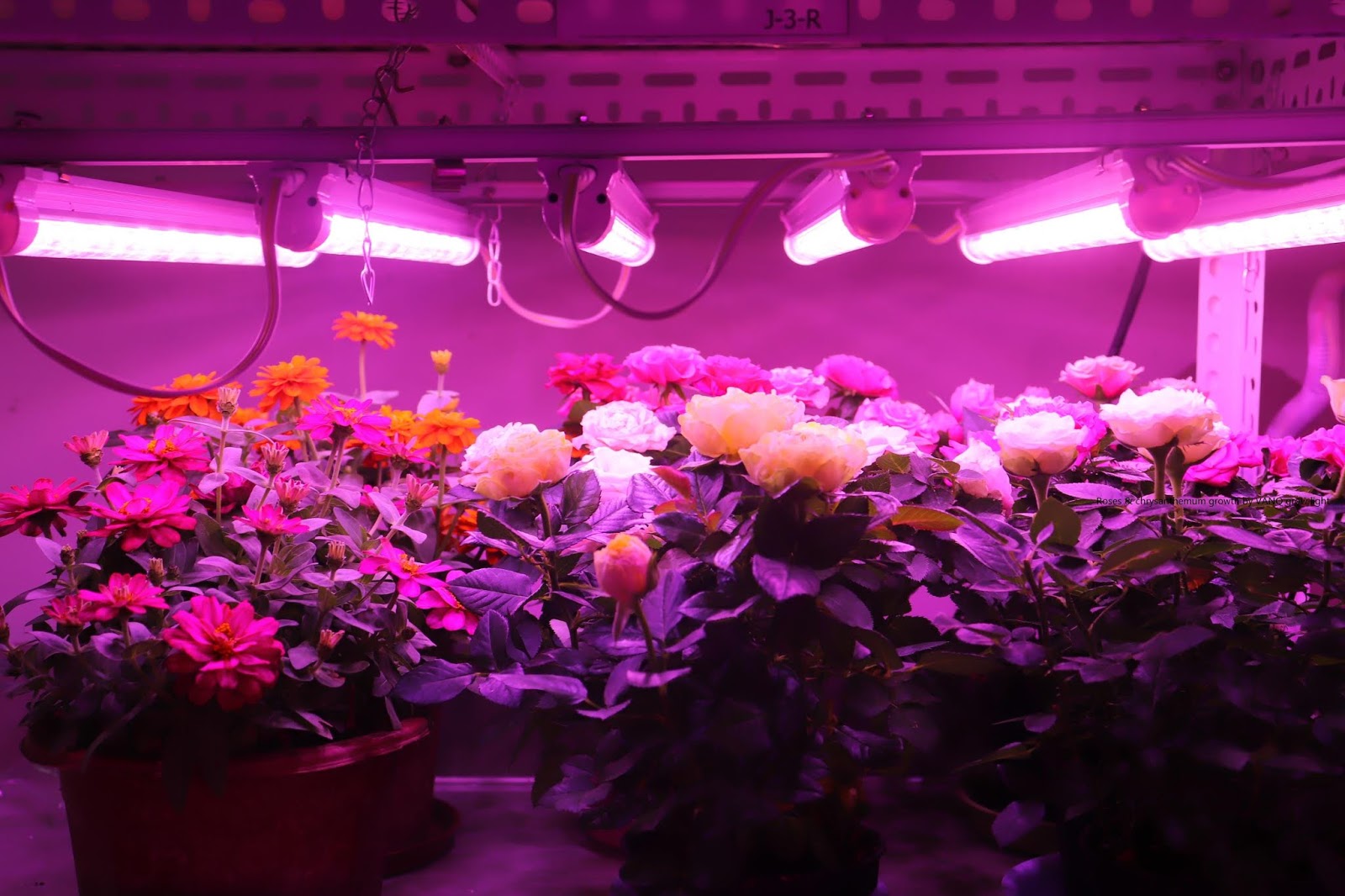Greenhouse LED plant growth lamp: highlight lamp
Winter in Canada may be long and dark because lack of natural light throughout the year will hinder the production of greenhouses in winter, so greenhouse growers need to use auxiliary lighting to provide high-quality products that consumers want to obtain throughout the year, but not all lighting can be Alternative light sources provide them with the same illumination, and their growth will be different from the growth of crops. Currently, high-pressure sodium lamps or HPS lamps are used in horticulture and greenhouses. Their investment cost is very low, but you cannot adjust the quality of the bulb, they will become very hot to 300 degrees, which means that if the bulb is too close, the plant may burn. Horticulture LED lights , light-emitting diodes, or LED lighting are the latest technology. They can provide high-quality light with customizable intensity directions and color settings and low brightness. The surface temperature is higher than the HPS lamp, so it can be used for c...







Nice Infomation!! Nice Infomation!!Thank you for sharing such great information.
回复删除hydroponics automation system